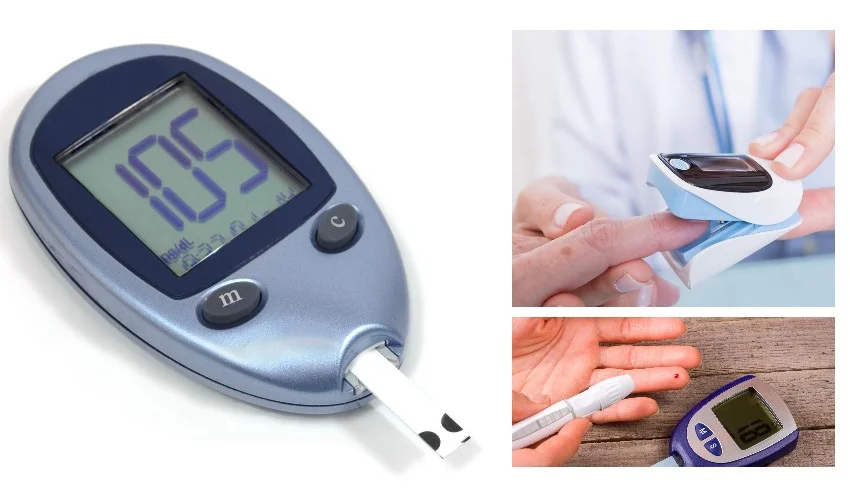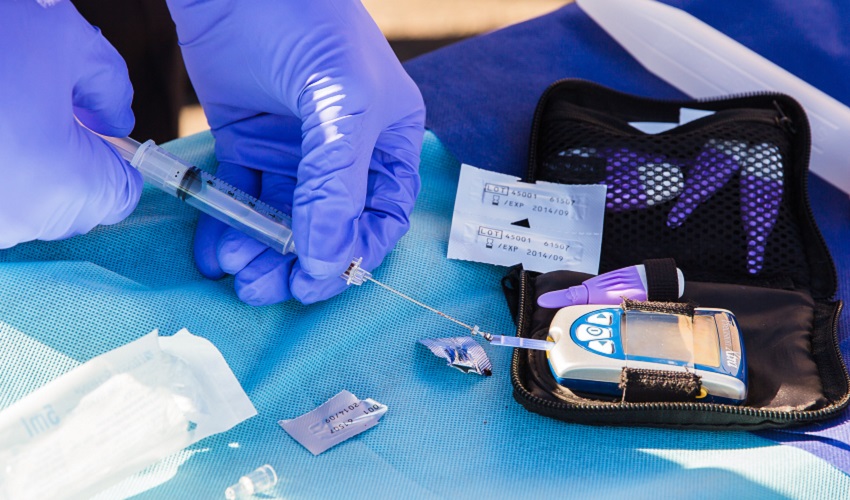According to 2017 International Diabetes Federation (IDF) statistics, there are approximately 425 million people with diabetes worldwide. In the United States, there are an estimated 30.3 million adults living with diabetes, and its prevalence has been rising rapidly, with at least 1.5 million new diabetes cases diagnosed each year. Diabetes is a major public health epidemic despite recent advances in both pharmaceutical and technologic treatment options. Using a Diabetes Risk Calculator can help individuals assess their likelihood of developing diabetes and take proactive steps to manage their health.
Type 2 diabetes (T2D) has long been identified as an incurable chronic disease. The best outcome that has been expected is amelioration of diabetes symptoms or slowing its inevitable progression. Approximately 50% of T2D patients will need insulin therapy within ten years of diagnosis Although in the past diabetes has been called chronic and irreversible, the paradigm is changing.




